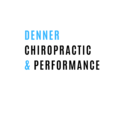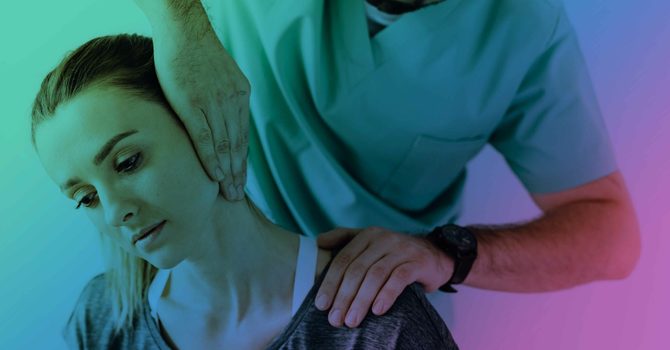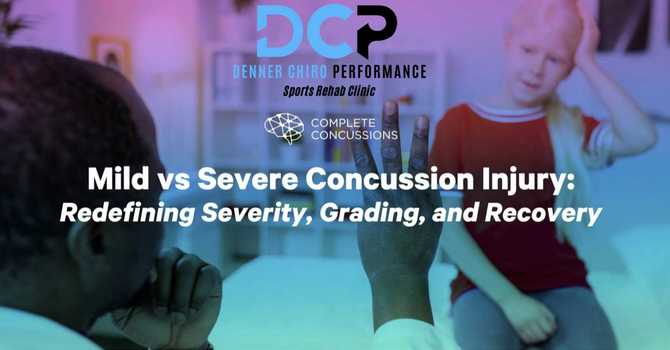
Uncover the Mystery of TMJ Pain: Learn More about Temporal Mandibular Dysfunction
Understand the terminology “TMJ vs TMD”
TMJ stands for Temporal Mandibular Joint, We actually have two TMJ's one on the left and one on the right side of our jaw that connect the temporal bone "part of our skull" to our mandible "our jaw bone." The two joints work in unison with each other to help open and close our mouths for the fundamental processes of mastication (chewing) and communication.
The TMJ is also comprised of a partially movable disc that helps glide the fluid movement of the jaw and serves as a cushion between the two articulating bones.
TMD stands for Temporal Mandibular Dysfunction. This is a generic term for what most people think of when they say "I have TMJ pain." TMD can present many different symptoms, the most common is pain and clicking/ clunking during mouth opening/ closing. TMD can cause many other symptoms like ear pain, eye pain, neck pain, toothaches, and a locked jaw.
Problems typically arise because there are dysfunctions with two key aspects
- Disc Dysfunction.
- Dysfunction of muscular balance around the joint.
In many instances, they occur together. When the muscles and ligaments connected to the TMJ Disc become tense, they can hinder optimal mouth opening and impede the smooth gliding of the disc. Consequently, this can lead to discomfort, clicking, popping, and even a noticeable clunking sensation.
In rare circumstances, the disc can undergo a slight displacement of up to 3mm, resulting in an inability to fully open or close the jaw. However, even in this extreme scenario, simple exercises can be employed to correct the disc's position.
How To Prevent TMD?
The best way to reduce the chance of developing TMD as well as reducing the symptoms is by balancing the activation of the muscles around the jaw. You can do this by….......
- Have the correct resting position of the jaw
Any time you not talking or eating your mouth should be closed and your jaw relaxed. For the perfect resting position of the jaw, you will think.
- Lips together
- Teeth apart
- Tongue at the roof of your mouth. “As if you were about to say NO”
2. Practice proper opening
To practice the proper method of opening your mouth, begin by positioning your tongue against the roof of your mouth as if you were preparing to say ‘NO.’ While maintaining this tongue placement, gradually initiate the mouth-opening process, directing your chin downward and slightly backward at a 45-degree angle towards the front of your neck.
Common Symptoms of TMJ Pain
- Jaw Clicking, popping, or clunking
- Jaw Pain
- Headaches
- Tooth Chipping
- Neck Pain
- Eye Pain
- Tooth Pain
- Inability to open or close mouth fully
Treatment for TMJ/ TMD Pain
When addressing treatment options for individuals experiencing TMJ pain, it is crucial to thoroughly assess whether the pain is isolated to the jaw area or if it is accompanied by biomechanical changes. Biomechanical issues, such as clunking, popping, clicking, or lockjaw, can manifest and should be a key consideration when consulting with your rehabilitation chiropractor before embarking on a treatment plan.
The primary approach to treatment typically involves targeted soft tissue therapy focused on the affected area and the muscles surrounding the TMJ. Among these muscles, the masseter, temporalis, and lateral pterygoid are often the culprits, harboring excessive tension and tone that contribute to discomfort in the TMJ region. This heightened tension can also lead to biomechanical alterations in the jaw, resulting in sensations of clicking and popping during mouth movements.
Achieving symmetry between the left and right sides of the jaw, along with consistent muscular tension, is essential for promoting unhindered jaw motion when opening and closing the mouth. Another effective tool in addressing both pain and muscular tension is Dry Needling. This technique offers direct access to hard-to-reach jaw muscles, making it a valuable therapeutic option.
Following the alleviation of tension and tone in the jaw area, your rehabilitation chiropractor will guide you in performing rehabilitative exercises aimed at preventing the resurgence of tension. Learning how to engage your digastric muscles, which are often underutilized and inactive, can facilitate the relaxation of larger muscles. Jaw muscle tension is closely linked to compensatory patterns that develop over time due to insufficient stabilization.
By implementing these comprehensive treatment strategies, we aim to provide you with lasting relief from TMJ/TMD pain and empower you to maintain optimal jaw health.
Common Questions and Answers
Where should I go if I have TMJ?
- For effective relief from TMJ pain, your top choice should be a skilled Rehabilitation Chiropractor. Unlike traditional methods involving manipulation of the TMJ, our approach focuses on utilizing advanced techniques such as soft tissue therapy, dry needling, manual therapy, and tailored rehabilitative exercises. These methods not only alleviate pain but also enhance the overall functionality of your jaw.
Why is my TMJ so bad right now?
- If you're currently experiencing a TMJ flare-up, it may be attributed to the extent of clenching you engage in, either during the day or while asleep. Many patients note a surge in TMJ symptoms during stressful periods in their lives. To mitigate your TMJ flare-up, it's advisable to conscientiously monitor your jaw's resting position.
What is the 3 finger test for TMJ?
- The 3 finger test is a test to determine the capability of your jaw to fully expand and open. This test can be used to determine if the TMJ is contributing to your jaw pain. In most cases, an obstruction to movement directly coincides with the involvement of the TMJ.
Can Chiropractic fix TMJ?
- Yes, chiropractic care can fix TMJ, but the treatment may look different than you think. Joint manipulation is rarely used in the treatment of TMJ pain. The most effective treatment will consist of soft tissue work and rehabilitation exercises.
What to do if I cannot open my mouth?
- This condition is often referred to as an anterior closed locked position, and it should be treated as a medical emergency. In severe cases, joint manipulation can potentially restore the ability to open the mouth. However, if this procedure proves unsuccessful, it is strongly recommended that you seek immediate referral to the Emergency Department for further evaluation and care.
Does TMJ cause facial or tooth pain?
Yes, TMJ dysfunctions can lead to pain extending to other areas within the orofacial system. Typically, this occurs through trigger point referral patterns. Trigger points are taut nodules within muscles that can trigger pain in other regions. For instance, when there's a tense trigger point in the temporalis muscle (located on the side of your head and activated during biting down), a common referral pain sensation may manifest in the upper row of teeth or behind the eye.
Denner Chiropractic & Performance | Charlotte, North Carolina
At Denner Chiropractic & Performance located in Charlotte, North Carolina our rehab chiropractic care incorporates rehabilitation, joint manipulation, soft tissue, and dry needling to help you achieve pain-free movement in life and sport. We are more than happy to discuss any concerns or questions you have about your condition or how we can help. Located on our main page or in our resource library tab is a sign-up for a free Discovery Call. During this time we will get to know you and your pain points. Let’s see if we are the right provider for you, schedule your Discovery Call today!

Denner Chiro Performance
Contact Me



